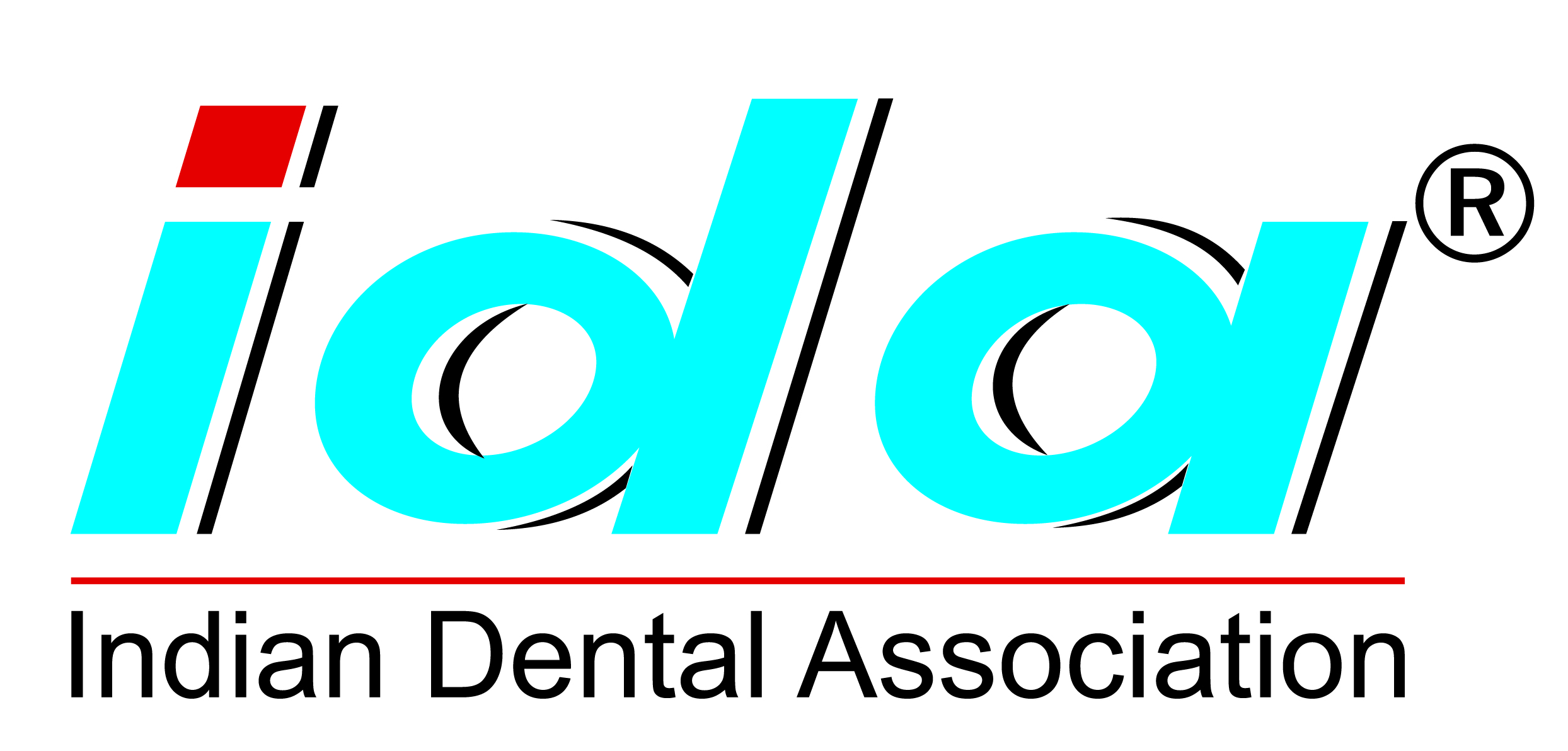Scientific advances have the power to change the faces of dentistry, medicine and
law, and to bring with them new rules, standards and accountabilities. These welcomed
advances necessarily bring with them changes in diagnostic and clinical treatment
protocols, clinician and practice behaviors, and in the way health disciplines work
together. They also invite scrutiny and cross examination from attorneys and other
legal “watchdogs”, the courts, and professional boards and regulatory bodies - especially
when patient health outcomes are, shall we say, “undesirable!”
The emerging science is sufficiently strong to show the tightening connections between
periodontal disease and general health conditions in the body. Systemic inflammation
is now seen as a common thread which connects many seemingly disparate medical diseases,
including gum disease, pregnancy complications, cardiovascular disease and diabetes
to name a few.
Chronic local periodontal disease has shown the ability to elevate circulating levels
of proinflammatory cytokines (i.e. CRP), a situation which is now intensifying the
focus on multi-disciplinary management of these diseases, as well as increasing
medical- legal scrutiny.
Standards of care can and do shift quickly as science drives legal precedent, disciplinary
actions, and risk-management strategies. Despite the incompleteness of any research,
the strength of the current evidence is sufficient to convince liability risk managers
as well as malpractice attorneys that this new arena is one deserving of closer
attention and oversight.
The Indian Dental Association (IDA) beautifully summarizes the current state of
the science related to the oral-systemic connection. It also presents clinical recommendations
to physicians and dentists on when and how to co-manage their patients who respectively
have heart disease risk factors and/or periodontal disease. Dentists would do well
to read and follow these policy recommendations.
The available research strongly suggests that failure to effectively co-manage these
related conditions compromises patient care. In brief, physicians are now expected
to inquire about the oral health status of their medical patients and refer at-risk
patients to a dentist for proper evaluation. Conversely, dentists are now also expected
to be proactive in referring periodontal patients to a physician for proper medical
evaluation.
Certainly none of this has been lost on the medical malpractice legal system. Right
or wrong - the reality is that many in the legal profession believe their role is
to persuade an already overburdened medical/dental profession to provide better
care. Of course, at the same time it has created additional revenue streams for
the legal establishment. Simply put, the science now demands a higher level of care
and more collaboration between physician and dentist. It is precisely this same
science which attorneys, courts, state boards and other regulatory bodies use in
supporting their positions.
What this means is that patients who suffer heart attacks and afterward learn that
they could or should have been referred for evaluation and further care will raise
“interesting” questions to their respective dentist or physician. Additionally,
the stage is perfectly set for patients and their legal council to ask new questions
about the quality of patient care - especially as it pertains to interdisciplinary
health management.
What are lawyers looking for? In short they are looking for patients who have survived
heart attacks, strokes, disabling diabetes complications, and pregnancy complications
– whose physicians didn’t refer them to a dentist for a periodontal evaluation.
They are also looking for dentists who didn’t properly refer their patients to a
physician for medical risk evaluation or co-management.
Questions likely to be asked include:
-
Was there a medical or physical injury where risk could have been reduced with periodontal
treatment or proper sleep apnea treatment?
-
Was there an “incident” (death or medical disability) which could have been prevented
with proper co-management of patient health risk factors?
- Did the event or condition produce significant loss?
-
Can it be shown that the patient had periodontal disease prior to the event?
-
Should the physician/dentist have been expected to know about the increased risk?
- Did the physician/dentist refer for risk evaluation?
-
Was there mis-management of oral airways, such as prescribing and fitting snoring
devices in the absence of proper sleep apnea testing and diagnosis?
When injury or death extends to third parties involved in traffic accidents due
to undiagnosed or improperly handled health issues it may become a cause for litigation.
The solution for dentist is simple by doing the following :
- educate and screen patient,
- make a proper referral for risk evaluation,
- send a letter of communication to the respective physician/dentist, and
- document these actions in their patient’s chart.
With the advent of this new scientific understanding, wise physicians and dentists
are seeking to collaborate together and to make each other aware about the medical
conditions which affect their mutual patients. The science, licensing boards, courts
and liability risk managers will inevitably encourage this higher degree of interdisciplinary
cooperation between medicine and dentistry because it saves lives and keeps health
professionals safe.





